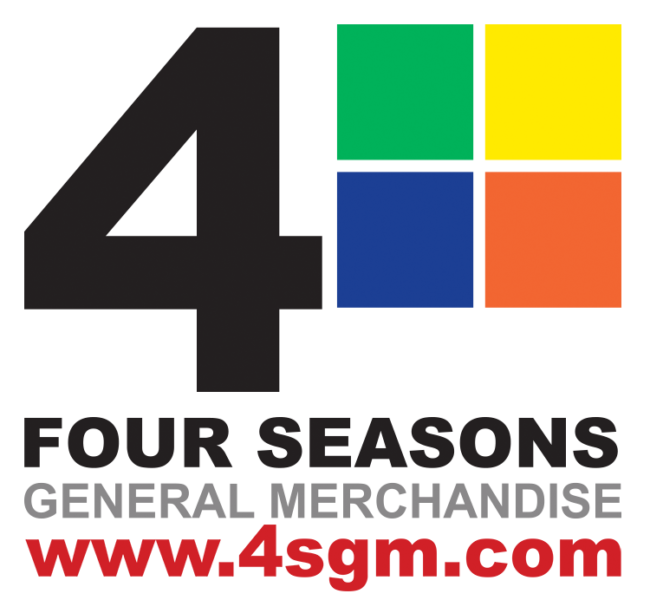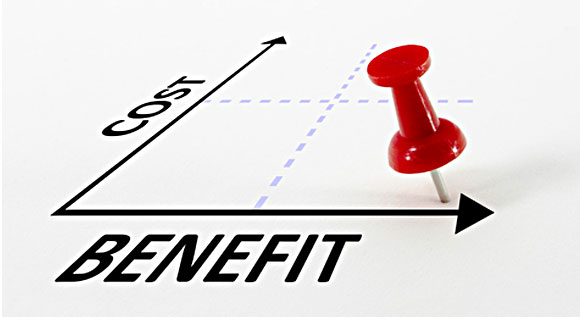OverviewFor every reward, there is a risk involved.For every benefit, one must incur some costs.Any business tha

Overview
For every reward, there is a risk involved.
For every benefit, one must incur some costs.
Any business that fails to implement an effective cost strategy goes belly up – it’s as simple as that.
This leads us to a question: Is it possible to minimize costs, thereby maximizing profits?
We’ll unravel the mystery of cost analysis and present an easy-to-understand, step-by-step guide to performing a cost analysis.
With our superhero accounting capes on, let’s explore the world of cost analysis.
What Is Cost Analysis?
Cost analysis is a process that determines the costs of any new or existing project.
While it may sound straight-forward, cost analysis requires an analysis of other information, too, such as the benefits involved.
Consequently, companies make decisions based upon tradeoffs between costs and returns.
In simpler words, is a certain cost worth pursuing given its benefits, and can it be minimized?
Step 1: Calculate All Types of Costs
The first step of cost analysis is identifying four main costs and adding them to get a final value.
· Direct Costs
Direct costs are easy to trace as they can be followed to a single activity.
A worker’s salary, a fixed rent, and costs associated with domain hosting are examples of direct costs.
· Indirect Costs
Indirect costs cannot be easily traced back to a single activity.
Instead, these costs are shared amongst multiple activities.
For instance, electricity bill given that electricity is used by multiple equipment, employees, and processes.
To effectively account for indirect costs, it is preferred to take it as a sum of each activity’s contribution to indirect costs.
· Overhead Costs
Often confused with indirect costs, overhead costs include general administrative expenses.
Most of the time, overhead costs are unaffected by a company’s activity levels.
· Step Costs
Step costs are a step forward in fixed costs.
Fixed costs stay fixed until a certain point. Beyond that point, even fixed costs could increase.
For instance, while rent remains the same if a person increases operations and requires more area, costs associated with rent would increase.
Step 2: Determine Your Approach – Top-Down & Bottom-Up methods
Having collected data on all types of costs, it’s time you move towards determining how to conduct a cost analysis.
There are two methods to do just that.
· Top-Down Cost Analysis
The suitability of this approach depends on how much you like paperwork!
Top-Down Cost analysis approach requires an analyst to gather all internal cost data from reports. The obtained cost data is then compared to the company’s publicly available financial statements.
Moreover, companies also prepare two budgets, which unfortunately means more paperwork!
Note that the first budget is a budgeted or planned budget.
The second budget is made after an activity has happened – this is called the actual budget.
Both the budgets are compared in a top-down approach and any discrepancies are identified to figure out where cost cutting is required.
· Bottom-Up Cost Analysis
As the name suggests, you start from the bottom.
The way bottom-up analysis work is you gather all the divisional managers and interview them about costs.
This approach allows an in-depth analysis of what drives our main costs and what operations need to be fixed to minimize costs.
Thus, as you implement a bottom-up cost analysis approach, you could get a chance to sing, “started from the bottom, now we are here!”
Step 3: Account for Inflation
Costs change with the course of time thanks to inflation, the general increase in price levels over a certain time period.
The best approach is to calculate the net present value of any future costs and leave space for inflation because inflation inadvertently adds to costs.
Step 4: Practice Pessimism
This might be quite surprising. After all, who suggests a business owner to be pessimistic?
With costs, the less you hope for, the better!
Reasonable pessimism allows business owners, both big and small, to be prepared for any unforeseen increase in costs.
Therefore, the next time you do your costing, stay prepared for costs that might arise due to broken pipes, failed deliveries, or overeating employees!
Takeaway
Costs are daunting as they not only scare startups and stores but can also drive them out of business.
Our step-by-step guide makes sure you battle your cost fears and come out on top with an impeccable cost analysis approach!
Feel free to contact Four Seasons General Merchandise with any questions. We are readily available to help you with your endeavors. Thank you.


